Fish Skulls
1/29
There's no tags or description
Looks like no tags are added yet.
Name | Mastery | Learn | Test | Matching | Spaced |
|---|
No study sessions yet.
30 Terms
Nasal
A bone that forms part of the skull, located at the bridge of the nose.
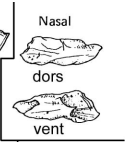
Frontal
A bone that forms part of the forehead portion of the skull.
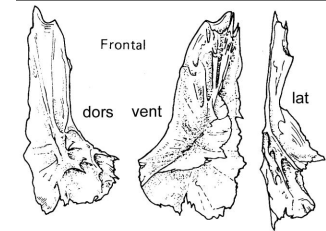
Parietal
A bone located on the top and sides of the skull.
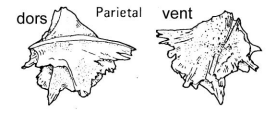
Lacrimal
A bone associated with the tear ducts, located in the eye socket.
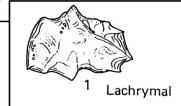
Jugal
A bone that contributes to the cheek area.
Intertemporal
A bone located between the two temporal bones.
Supratemporal
A bone situated above the temporal bones.
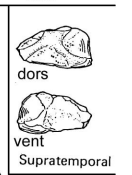
Quadrate
A bone involved in jaw movement.
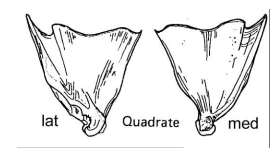
Orbitosphenoid
A bone found near the eye sockets.
Basioccipital
The bone at the base of the skull.
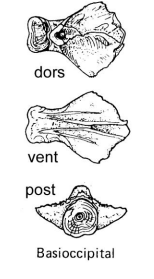
Exoccipital
Bones located on either side of the foramen magnum.
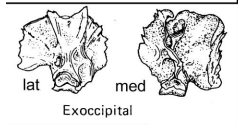
Supraoccipital
A bone located above the occipital bone at the back of the skull.
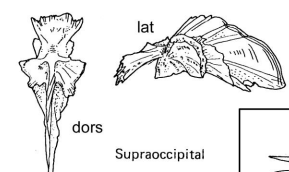
Premaxilla
A bone forming the front part of the upper jaw.
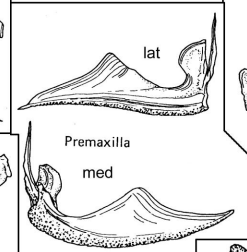
Maxilla
The bone that forms the upper jaw.
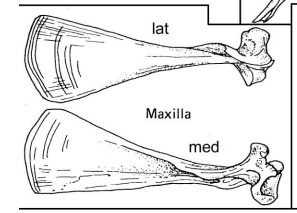
Vomer
A bone that forms part of the nasal septum.
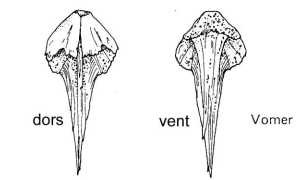
Palatine
A bone that forms part of the hard palate.
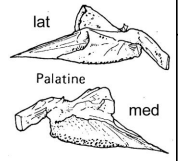
Pterygoid
Bones located at the base of the skull, involved in jaw movement.
Ectopterygoid
A bone associated with the pterygoid.
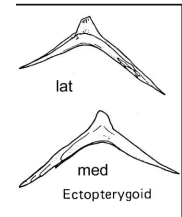
Parasphenoid
A bone located on the underside of the skull.
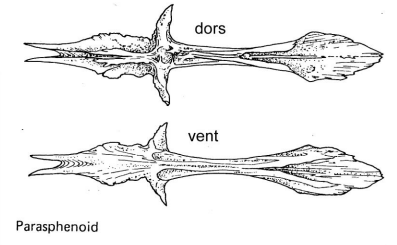
Articular
A bone in the lower jaw that connects with the quadrate.
Dentary
The main bone of the lower jaw.
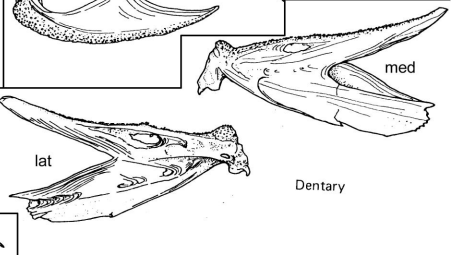
Angular
A bone located in the lower jaw.
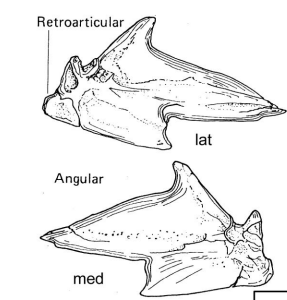
External naris
The external opening of the nasal cavity.
Internal naris (choana)
The internal opening of the nasal cavity leading into the pharynx.
Orbit
The bony cavity that contains the eye.
Foramen magnum
The large opening at the base of the skull for the spinal cord.
Mandibular fenestra
An opening in the mandible.
Hyomandibular
A bone that connects to the jaw and supports the gill arches.

Operculum
A bony flap that covers and protects the gills in fish.
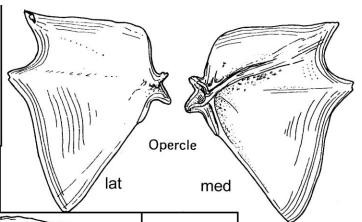
Otoliths
Ear stones found in fish used for balance and orientation.